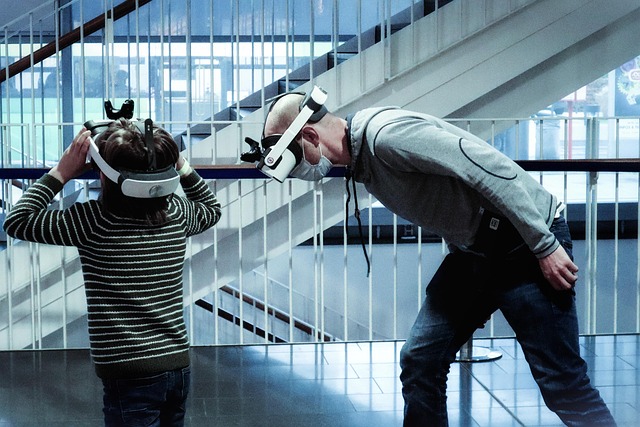In recent years, educational technology has advanced by leaps and bounds, with virtual reality (VR) and augmented reality (AR) taking center stage. These innovations are reshaping the way we view learning, offering immersive experiences that traditional classrooms can’t match. The rise of VR courses has not simply transformed teaching methods; it has revolutionized educational engagement.
Imagine a classroom where students can explore the depths of the ocean, walk on the surface of Mars, or even time travel to ancient civilizations, all from the comfort of their desks. With VR, these scenarios are not just dreams; they are becoming a reality. Instructors can design VR courses that allow students to interact with 3D models, conduct virtual experiments, or participate in real-world simulations that deepen understanding and retention.
Moreover, augmented reality complements this experience by overlaying digital information onto the real world. Students can point their devices at a textbook, for instance, and watch as historical figures come to life or complex processes are visually explained. This blend of virtual and augmented realities engages learners in unprecedented ways, making complex subjects like science and history more accessible and engaging.
As we delve into the metaverse, the possibilities expand even further. The metaverse isn’t just a digital playground; it’s an evolving ecosystem where education can thrive. In this expansive virtual universe, learners can collaborate across distances, participate in live events, or even attend virtual lectures led by industry leaders from anywhere in the world. Imagine students not only learning about biology through VR courses but also collaborating with peers from different continents on innovative research projects, all within an immersive virtual environment.
VR courses are particularly beneficial for students in specialized fields. Medical students, for instance, can practice surgical procedures in a risk-free environment, while architecture students can walk through their designs before they come to life, experiencing their creations in a fully realized 3D space. This hands-on, immersive approach fosters a deeper understanding of subject matter, leading to enhanced skills and confidence.
But what about accessibility? One of the most exciting aspects of VR and AR in education is their potential to reach underserved communities. With affordable access to VR technologies, students from various backgrounds can partake in experiential learning opportunities that were once out of reach. This democratization of education can bridge gaps and ensure that all learners, irrespective of their location or socioeconomic status, have access to high-quality education.
However, the transition to a VR-centric educational model comes with its challenges. Educators must be trained to create effective VR courses that align with pedagogical goals and learning outcomes. Additionally, schools must invest in the necessary infrastructure to support these technologies. Despite these hurdles, the benefits profoundly outweigh the drawbacks, and as technology continues to evolve, so too will the methods by which we educate future generations.
As we explore the future of education, it is clear that VR courses hold a significant place in this evolution. They not only create a more dynamic learning environment but also equip students with the skills they need to thrive in an increasingly digital world. With the integration of virtual and augmented realities, educators are uncovering new pathways to knowledge, making learning an engaging adventure that captivates and inspires.



